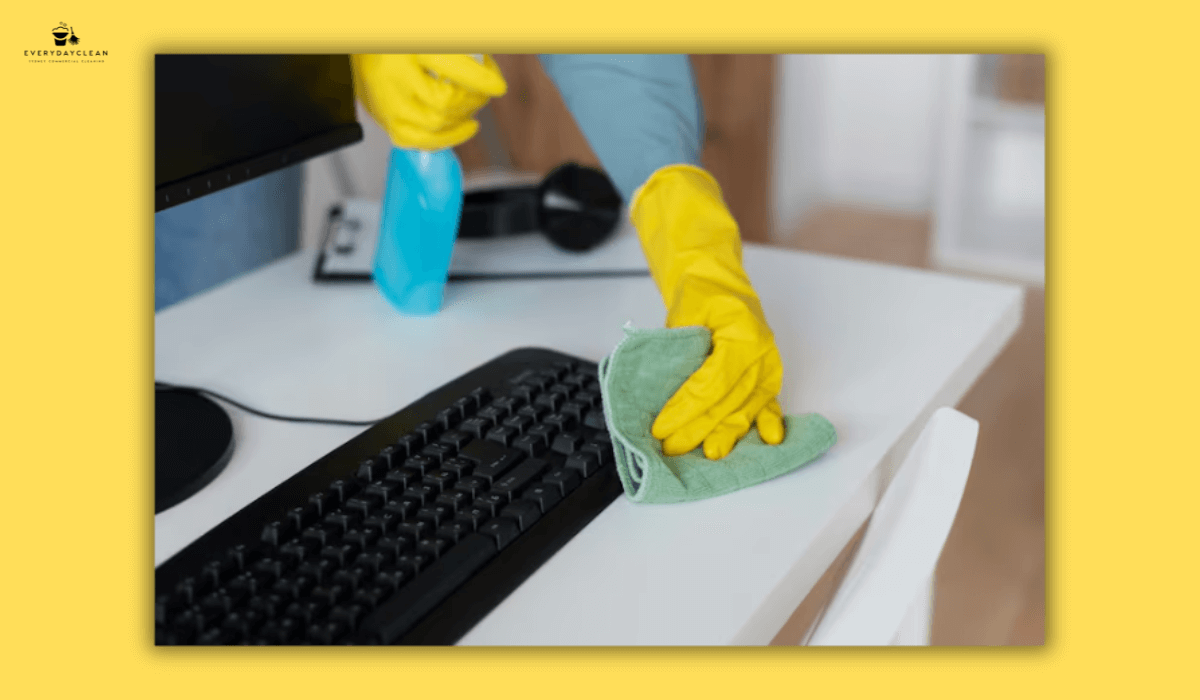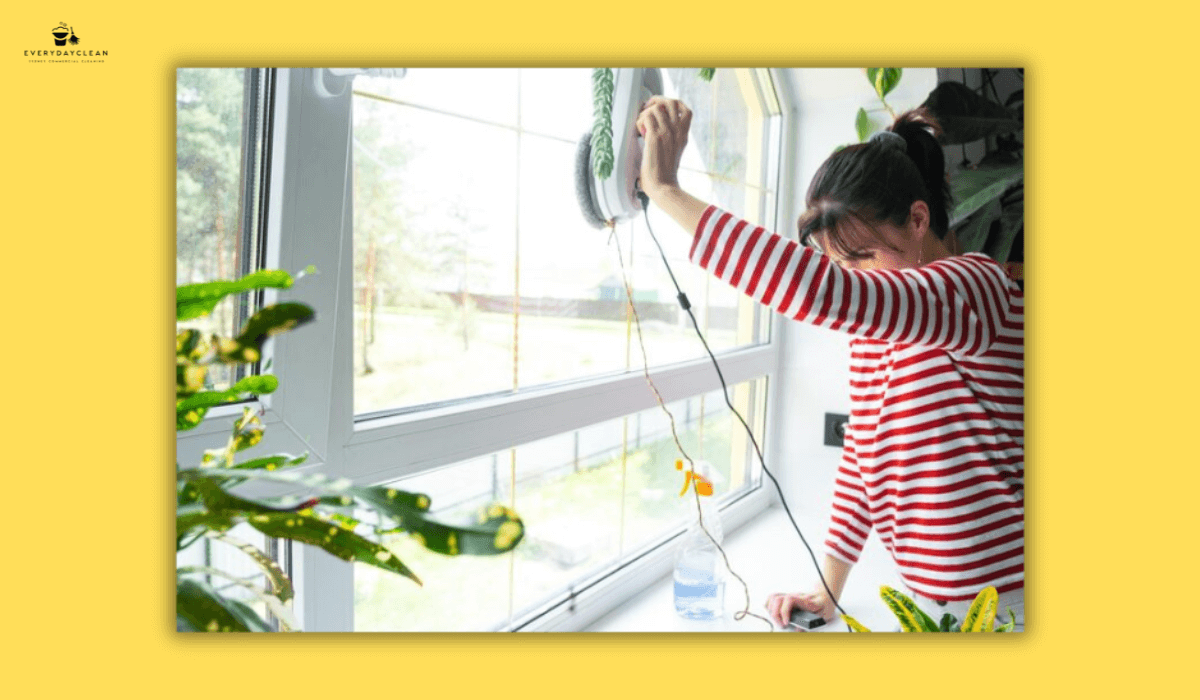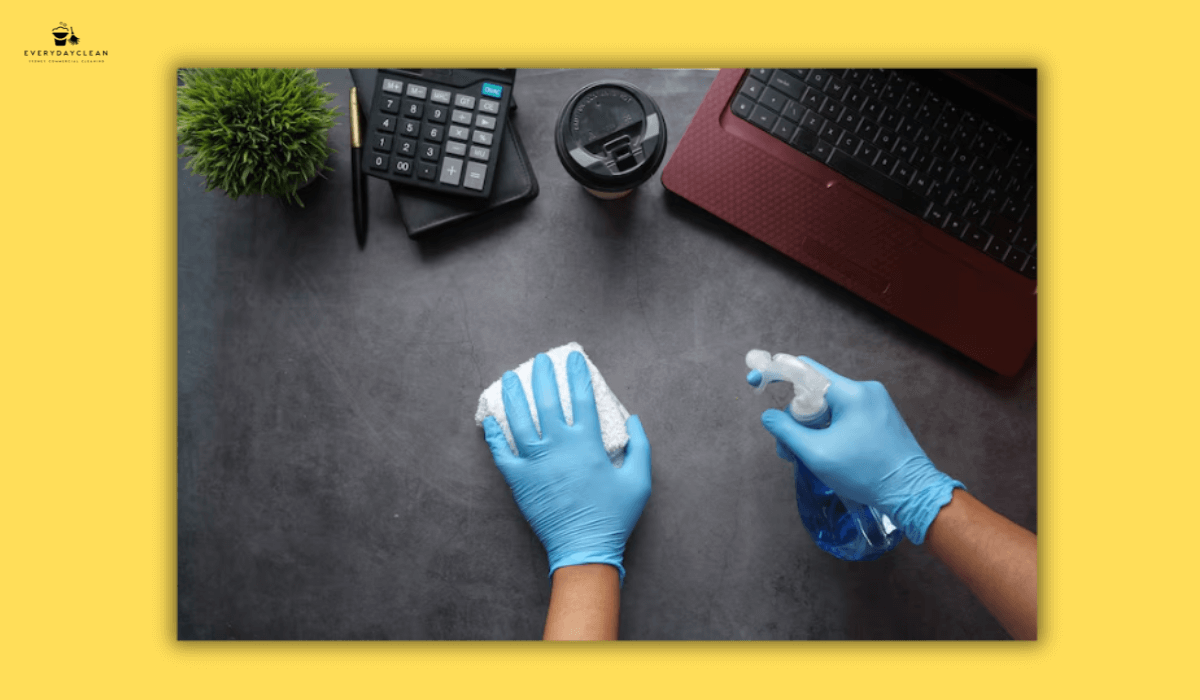Clean Air in Schools: 10 Proven Cleaning Strategies
Clean air in schools starts with a proactive, cleaning-driven approach that targets indoor pollutants, dust buildup, and airflow stagnation. With students and teachers spending hours in enclosed classrooms, maintaining healthy air quality is essential for reducing absenteeism and promoting focus. Effective strategies include using HEPA-filter vacuums to trap fine particles, installing air purifiers in high-traffic zones, switching to low-VOC cleaning products, cleaning ventilation ducts regularly, and managing indoor humidity levels. This article presents 10 cleaning-focused actions schools can implement to ensure classrooms remain breathable, safe, and optimised for learning.
1. Use HEPA-Filter Vacuums in Daily Cleaning
One of the most effective ways to reduce airborne pollutants in classrooms is to use HEPA-filter vacuums. These specialised vacuums trap 99.97% of particles such as pollen, mould spores, and fine dust, preventing them from re-circulating into the air.
Compared to standard vacuums, HEPA models provide significantly better dust control. Schedule vacuuming daily for all high-traffic zones: classrooms, hallways, libraries, and entry areas.
2. Place Air Purifiers in Classrooms Without Mechanical Ventilation
Many older Australian schools lack adequate HVAC systems or have poorly maintained ducting. In such environments, portable air purifiers with medical-grade HEPA filters can make a measurable difference in air quality.
Before investing, assess the room size and match it with a suitable Clean Air Delivery Rate (CADR). Place units at least 50cm away from walls and avoid blocking airflow with furniture or displays.
3. Maintain Clean Ventilation Filters and Grilles
Ventilation systems, whether mechanical or natural, accumulate dust and debris over time - especially near return vents and ceiling grilles. Cleaning these components must be a routine part of school cleaning schedules.
Ducts should be professionally cleaned every 12–18 months, but visible grilles and wall fans should be wiped down monthly. Always inspect filters during each term break and replace them quarterly or as recommended by the manufacturer.
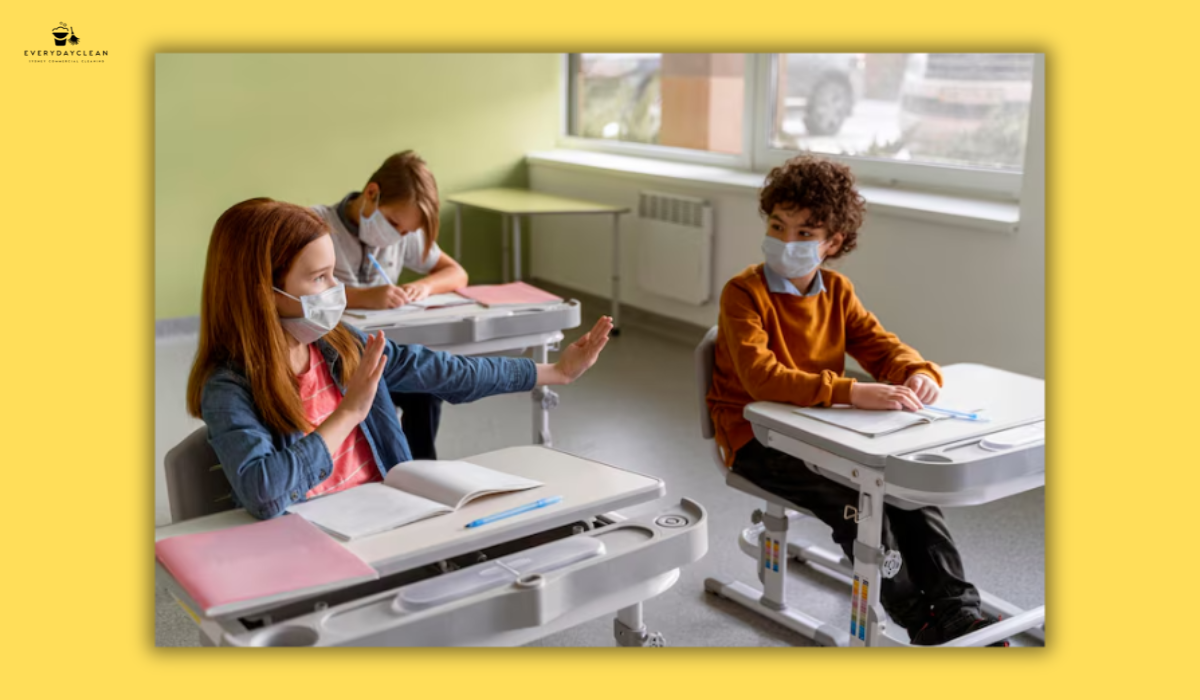
4. Switch to Low-VOC Cleaning Products Across Campus
Volatile Organic Compounds (VOCs) released from conventional cleaners contribute significantly to poor indoor air quality. Many schools still use bleach-based or ammonia-heavy products that linger in classroom air.
Transitioning to low-VOC or VOC-free cleaning agents - especially for desks, benches, and washroom surfaces - reduces irritants while still meeting hygiene standards. Look for GECA-certified products or those compliant with the Australian Environmental Labeling Association.
5. Monitor CO₂ Levels to Evaluate Air Circulation Effectiveness
Carbon dioxide buildup in classrooms signals poor ventilation, often leading to drowsiness, headaches, and reduced focus. While not a cleaning task per se, installing low-cost CO₂ monitors can guide when to increase airflow or reduce room occupancy.
Rooms with readings consistently over 1000 ppm may require improved cleaning of vents, addition of fans, or staggered student usage. Place monitors at seated height for accurate readings.
6. Introduce a Seasonal Window Opening Protocol
Natural ventilation remains an effective method of air exchange in many Australian classrooms. However, it must be done strategically. Create a window-opening protocol based on seasons, outdoor pollution levels, and daily timetables.
For example, during mild weather conditions, open windows between classes or every 50 minutes for a minimum of 10 minutes. Avoid opening during bushfire events or high-pollen days, and always coordinate with air quality index (AQI) data.

7. Avoid Carpets in Classrooms - Or Clean Them Weekly
Carpets collect dust, skin flakes, and pollen that resuspend with foot traffic, especially in early education and primary classrooms. While removing carpets is ideal, many schools rely on them for noise reduction.
Where carpets remain, enforce a weekly deep vacuuming schedule with HEPA machines, paired with term-based hot water extraction or steam cleaning. These protocols are especially vital in early education rooms, where our child care cleaning services help reduce respiratory triggers and dust accumulation.
8. Control Humidity with Portable Dehumidifiers
Maintaining indoor humidity between 40% and 50% is vital to prevent mould growth. In humid classrooms or storerooms, use portable dehumidifiers to reduce moisture.
Monitor readings using hygrometers. Clean and empty dehumidifier trays weekly, and disinfect units monthly to avoid microbial buildup inside machines.
9. Install Door Mats and Dust Barrier Systems
Foot traffic brings in external pollutants like soil, leaf litter, and fine dust, especially after lunch breaks and sports periods. Strategic placement of heavy-duty entrance mats can block up to 80% of this contamination.
Clean mats daily, and install longer barrier matting (ideally over 3 metres) at key points like admin entrances, hallways, and building thresholds.
10. Train Staff and Students in Everyday Air Hygiene Habits
Clean air is a shared responsibility. While cleaners play a primary role, simple staff and student behaviours can prevent airborne pollution from accumulating.
Educate staff on:
- Keeping windows unblocked by furniture
- Avoiding indoor use of strong sprays or scented products
- Reporting musty odours or visible mould
- Using soft brooms or mops instead of dry sweeping to avoid dust clouds
Support this with signage, awareness posters, or school-wide campaigns.
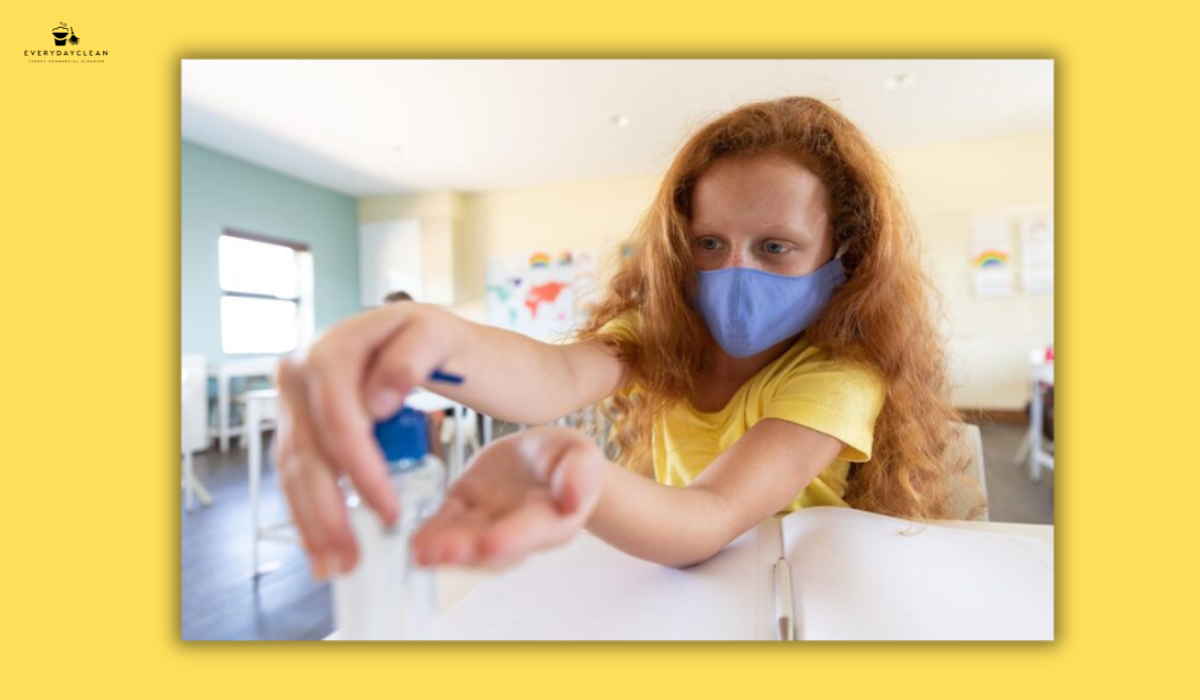
FAQs: Clean Air in School Classrooms and Facilities
Before diving into these answers, it’s important to note that questions around clean air in schools often stem from real-world cleaning frustrations, budget limitations, or uncertainty around what’s effective. For broader maintenance beyond air quality, see our full cleaning checklist for schools for a complete hygiene and facility safety approach.
What is the most effective cleaning method for improving classroom air quality?
The most effective method combines daily HEPA vacuuming, microfibre dusting, window airing, and low-VOC surface cleaning. Cleaning teams should adopt a step-based system - starting with dust removal (top-down), followed by surface disinfecting, then floor vacuuming. Avoid dry mopping, which redistributes dust. In schools with limited resources, prioritising HEPA vacuuming and ventilation maintenance can already lead to measurable improvements in air quality.
How often should school air vents and HVAC filters be cleaned?
Cleaning frequency depends on the system type and local conditions. Visible air grilles should be wiped monthly. HVAC filters should be inspected and replaced every 3 months in high-use buildings. Full duct cleaning should occur every 1–2 years or after known contamination (e.g., mould). A cleaning checklist should be used during each term break to ensure nothing is overlooked.
Are air purifiers worth installing in Australian schools?
Yes, particularly in older classrooms or during pollen-heavy or bushfire seasons. HEPA-grade air purifiers can reduce airborne allergens, mould spores, and fine dust particles. They are not a replacement for cleaning but an enhancement - especially in closed rooms. Choose units with replaceable filters and cleanable housings. Avoid units with ionisers or ozone features, which may emit harmful byproducts.
Should classrooms open windows during bushfire events?
No. During bushfire events or when AQI is poor, opening windows introduces fine particulate matter (PM2.5 and PM10). Instead:
- Seal windows
- Use indoor HEPA purifiers
- Close external vents that pull outdoor air
- Monitor indoor air with portable sensors if available
Cleaning during this period should focus on internal dusting, vacuuming, and wiping hard surfaces with damp microfibre cloths.
Call to Action: Improve School Air with Everyday Clean
Maintaining clean air in schools goes far beyond filters and fans - it’s grounded in practical, daily cleaning routines that are proactive, targeted, and seasonally responsive. Everyday Clean works closely with Sydney-based schools to implement air-quality-safe cleaning routines using HEPA-filtered equipment, eco-safe disinfectants, and facility-wide cleaning schedules.
Book a tailored School Cleaning Audit today and help your students breathe easier - every day.
Author: Everyday Clean Content Team
Everyday Clean is Sydney’s trusted provider of commercial cleaning solutions, including schools, offices, gyms, and strata buildings. Our trained professionals use high-efficiency cleaning equipment and eco-certified products to maintain spotless, compliant, and safe environments for every type of facility.

